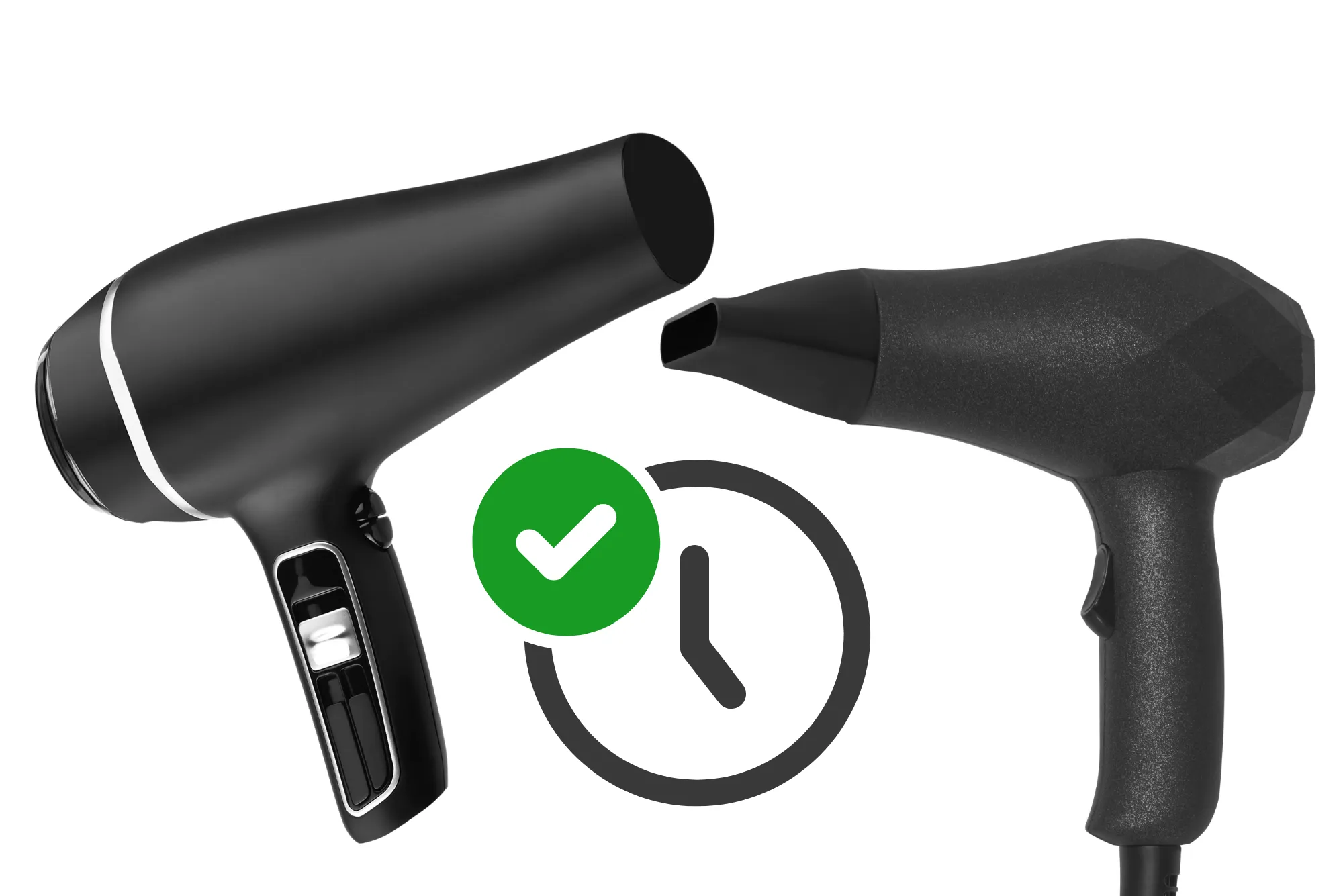Outdated Speed vs. Modern Efficiency
Sharing videos used to be a time-consuming ordeal. Traditional methods like burning DVDs or using slow file transfer services often left users frustrated. These outdated tools not only consumed hours but also required additional hardware or software, making the process cumbersome. In contrast, modern solutions have revolutionized the way we share videos online. With high-speed internet and advanced platforms, you can now upload and share large video files in mere minutes. Services optimized for speed ensure that your content reaches its audience without delay, keeping up with the fast-paced digital world.
Security Risks of the Past vs. Today’s Robust Protection
In the past, sharing videos often meant compromising on security. Email attachments and unencrypted file-sharing platforms left sensitive content vulnerable to breaches. Hackers could easily intercept files, leading to potential data theft. Today, advanced platforms prioritize security with end-to-end encryption and secure links. When you Share Videos Online, these modern tools ensure that your files are protected from unauthorized access. This robust protection gives users peace of mind, knowing their content is safe during transit.
Complexity vs. Simplicity in Sharing
Traditional file-sharing methods were anything but user-friendly. From navigating complex software to dealing with compatibility issues, the process was often overwhelming. Modern platforms, however, focus on simplicity. With intuitive interfaces and streamlined processes, sharing videos has never been easier. Whether you’re a tech-savvy professional or a casual user, today’s tools make it simple to share videos online without any hassle. The emphasis on user-centric design ensures that anyone can share content effortlessly.
Privacy Concerns Then and Now
Privacy was a significant concern with older file-sharing methods. Public links and unsecured platforms often exposed sensitive content to unintended viewers. Modern solutions address these issues with advanced privacy settings. You can now control who accesses your videos, set expiration dates for links, and even add password protection. These features ensure that your content remains private and is only viewed by the intended audience. When you share videos online today, you can do so with confidence, knowing your privacy is safeguarded.
Poor User Experience vs. Seamless Interaction
Outdated tools often provided a clunky and frustrating user experience. Slow uploads, frequent errors, and limited functionality were common issues. Modern platforms, on the other hand, offer a seamless experience. With features like drag-and-drop uploads, real-time progress tracking, and responsive design, sharing videos has become a smooth and enjoyable process. These advancements not only save time but also enhance user satisfaction. The ability to share videos online effortlessly has transformed the way we interact with digital content.
Limited Accessibility vs. Global Reach
In the past, sharing videos was often restricted by geographical and technological barriers. Physical media like DVDs required shipping, while slow internet connections limited online sharing. Today, advanced platforms have eliminated these barriers. With cloud-based solutions, you can share videos online with anyone, anywhere in the world. These tools are designed to work seamlessly across devices and networks, ensuring that your content reaches its audience without limitations. The global accessibility of modern platforms has made video sharing more inclusive and efficient.
High Costs vs. Affordable Solutions
Traditional methods of sharing videos often came with high costs. From purchasing physical media to paying for shipping, the expenses quickly added up. Modern platforms offer cost-effective solutions that cater to a wide range of budgets. Many services provide free or affordable plans, making it easier than ever to share videos online. These platforms also eliminate the need for additional hardware or software, further reducing costs. The affordability of modern tools has democratized video sharing, making it accessible to everyone.
Limited File Sizes vs. Unlimited Possibilities
Older file-sharing methods often imposed strict limitations on file sizes. This made it challenging to share high-quality videos, forcing users to compromise on resolution or split files into smaller parts. Modern platforms have overcome these limitations with advanced compression and storage technologies. You can now share videos online in their original quality, regardless of size. These tools are designed to handle large files effortlessly, ensuring that your content retains its quality and impact. The ability to share high-resolution videos without restrictions has revolutionized the way we share content.
Manual Processes vs. Automation
Traditional video-sharing methods required manual effort at every step, from burning discs to mailing them. Modern platforms have introduced automation to simplify the process. Features like automatic file compression, link generation, and notifications make it easier to share videos online. These automated processes save time and reduce the risk of errors, allowing users to focus on creating and sharing content. The integration of automation into video-sharing tools has made the process more efficient and user-friendly.
Static Sharing vs. Interactive Features
Older methods of sharing videos were static and one-dimensional. Modern platforms have introduced interactive features that enhance the sharing experience. From real-time collaboration to viewer analytics, these tools offer a range of functionalities that go beyond simple file sharing. When you share videos online, you can now engage with your audience in new and exciting ways. These interactive features add value to the sharing process, making it more dynamic and impactful.
Environmental Impact of Physical Media vs. Digital Sharing
Traditional methods of sharing videos, such as burning DVDs, had a significant environmental impact. The production and disposal of physical media contributed to waste and pollution. Modern digital platforms offer a more sustainable alternative. By enabling users to share videos online, these tools reduce the need for physical media and minimize environmental impact. The shift to digital sharing is not only more convenient but also more eco-friendly, aligning with the growing emphasis on sustainability.
Conclusion: Embrace the Future of Video Sharing
The evolution of video-sharing methods highlights the stark contrast between outdated tools and modern solutions. From speed and security to user experience and environmental impact, today’s platforms offer numerous advantages. By choosing to share videos online, you can enjoy a faster, safer, and more efficient sharing experience. Embrace the future of video sharing and discover the benefits of modern tools that cater to your needs and preferences.










